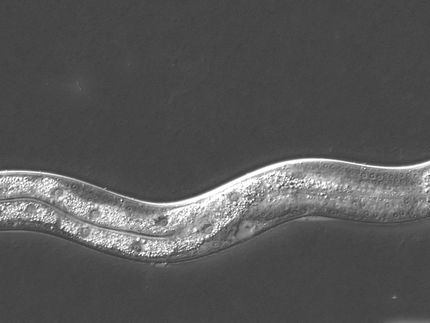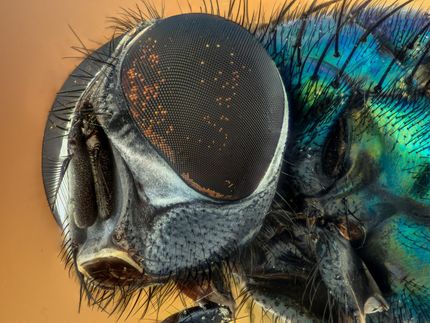'Best practices' nutrition measurement for researchers
Advertisement
At first glance, measuring what the common fruit fly eats might seem like a trivial matter, but it is absolutely critical when it comes to conducting studies of aging, health, metabolism and disease. How researchers measure consumption can make all the difference in the accuracy of a study's conclusions.
Scientists from the Florida campus of The Scripps Research Institute (TSRI) have developed what amounts to a best practices guide to the most accurate way of measuring fruit fly food consumption that could lead to more informed research and better decisions about directions in further studies.
"While our study isn't the final technical reference on measuring fly food consumption, it will help guide researchers to think more carefully about nutrition and nutrient intake in their own studies," said TSRI Assistant Professor William Ja, who led the study, which was published online by the journal Nature Methods.
Researchers, Ja said, generally haven't given sufficient thought to feeding and nutrient intake when it comes to measuring fruit fly behavior, metabolism and health.
"If you're making a huge effort to change an animal's diet and trying to draw conclusions about what nutrition and nutrients do to animal health and lifespan," he said, "then one of the most fundamental parameters is accurately measuring food intake."
TSRI Research Associate Sonali Deshpande, a first author of the study with graduate student Ariadna Amador and former TSRI Research Associate Gil Carvalho, underlined the importance of using the best measurement methods. "Drug studies, in particular, where compounds are added to fly food, are difficult to interpret without proper measurement of food and drug intake," she said.
In the study, the team determined that radioisotope labeling food is the most sensitive and consistently accurate feeding method now available—levels of accumulated isotope are later measured in the animals. This method's main limitation appears to be underestimation of consumption due to excretion.
For the most accurate measurement, the study suggested pairing radioisotope labeling with a more low-tech approach, such as the capillary feeder (CAFE). The CAFE assay, introduced by Ja in 2007, is similar to a water dispenser used for pet hamsters, but on a smaller scale.
"In a significant number of studies, we found that researchers appeared indifferent to the impact feeding might have on the experiment," Ja said. "This doesn't seem like good science to me. Can you imagine doing a mouse experiment, saying that you watched mice for four hours and saw no difference in feeding, then make conclusions about total caloric intake over days or longer?"



















































